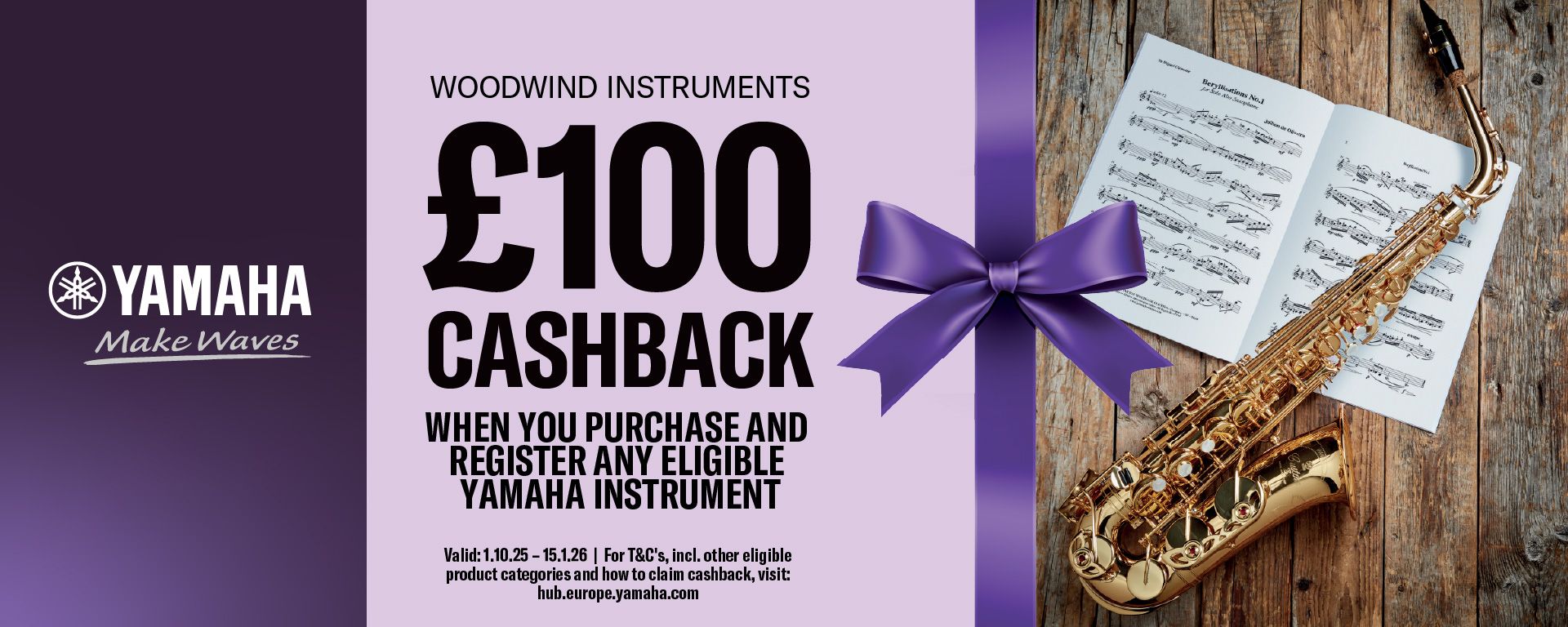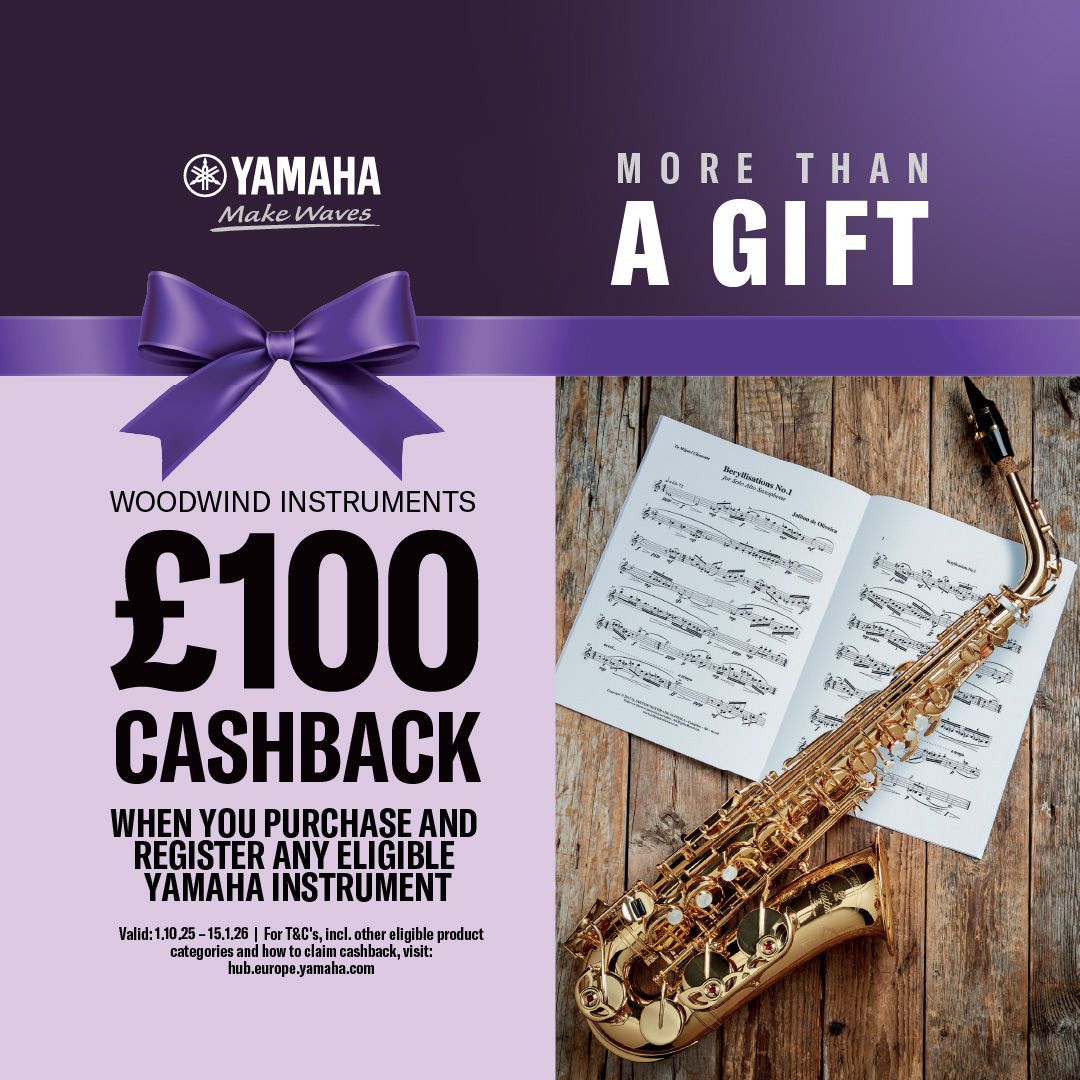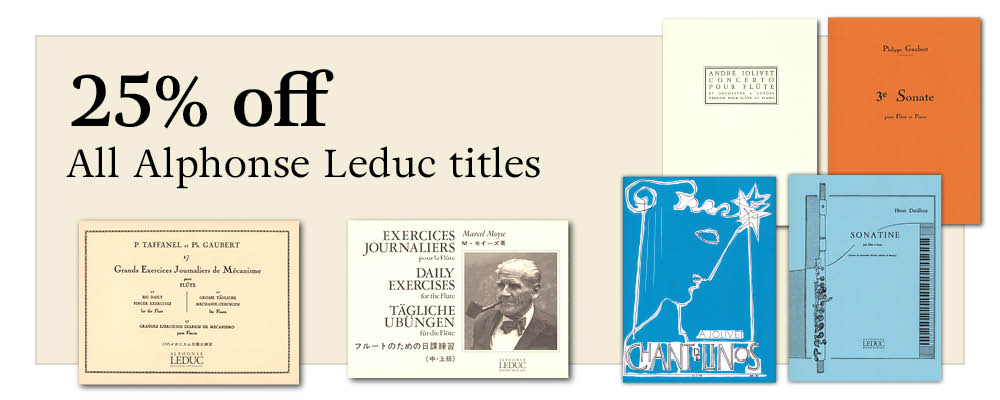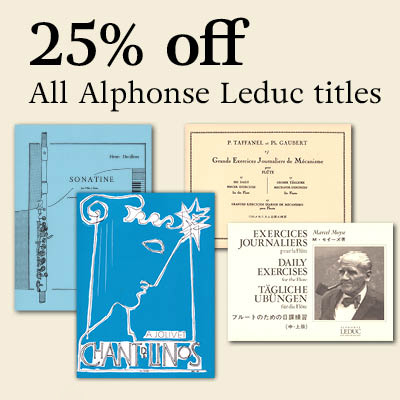Dances and Variations for Flute and Harp
- Highly recommended
From the Publisher
The flute and harp are both ancient and beautiful instruments, and their sounds complement each other in unique ways. In this piece I have explored some of these combinations. The first movement, "Entrata", is a light piece with shifting rhythms in both instruments; it quotes some children's tunes now and again. The second movement, "Adagio", is rather stark, with a measured ostinato in the harp and contrasting, rhythmically free gestures in the flute. These eventually come together in a slow melodic section. These two movements comprise the "Dances" of the title, for they are both involved with various kinds of motion, and I would love to see them choreographed at some time.
The third movement is a series of variations on a lovely tune written in 1759 by Francis Hopkinson, a Philadelphia lawyer and a signer of the Declaration of Independence. The song is called "My Days have been so wondrous free", with a text by Thomas Parnell. The variations are rather "wondrous free" themselves, having been influenced as much by the words as by the melody, and moving far from the original, though returning for a straightforward rendition of the tune at the end.
My days have been so wondrous free,
the little birds that fly
with careless ease from tree to tree
were but as blessed as I.
Ask the gliding waters if a tear of mine
increased their stream,
and ask the breathing gales if e'er
I lent a sight to them.
Item Details
Our Stock Code: 1009996Instrumentation
- Part 1: Flute
- Part 2: Harp
Category: Music for Flute and Harp
Publisher: Papagena Press
Publisher's reference: PP148
Media Type: Paperback (25 pages [score])
Country of Origin: USA
HS Code: 49040000



